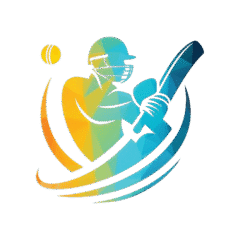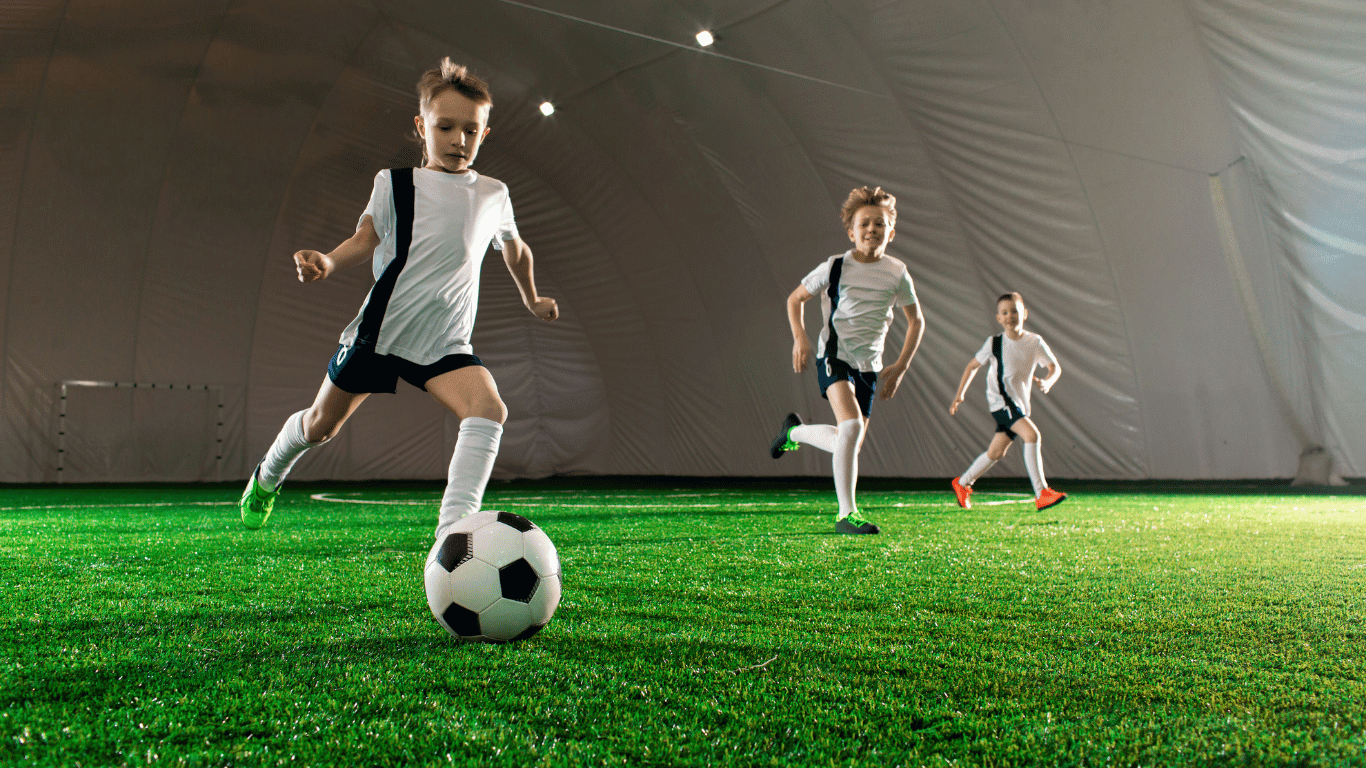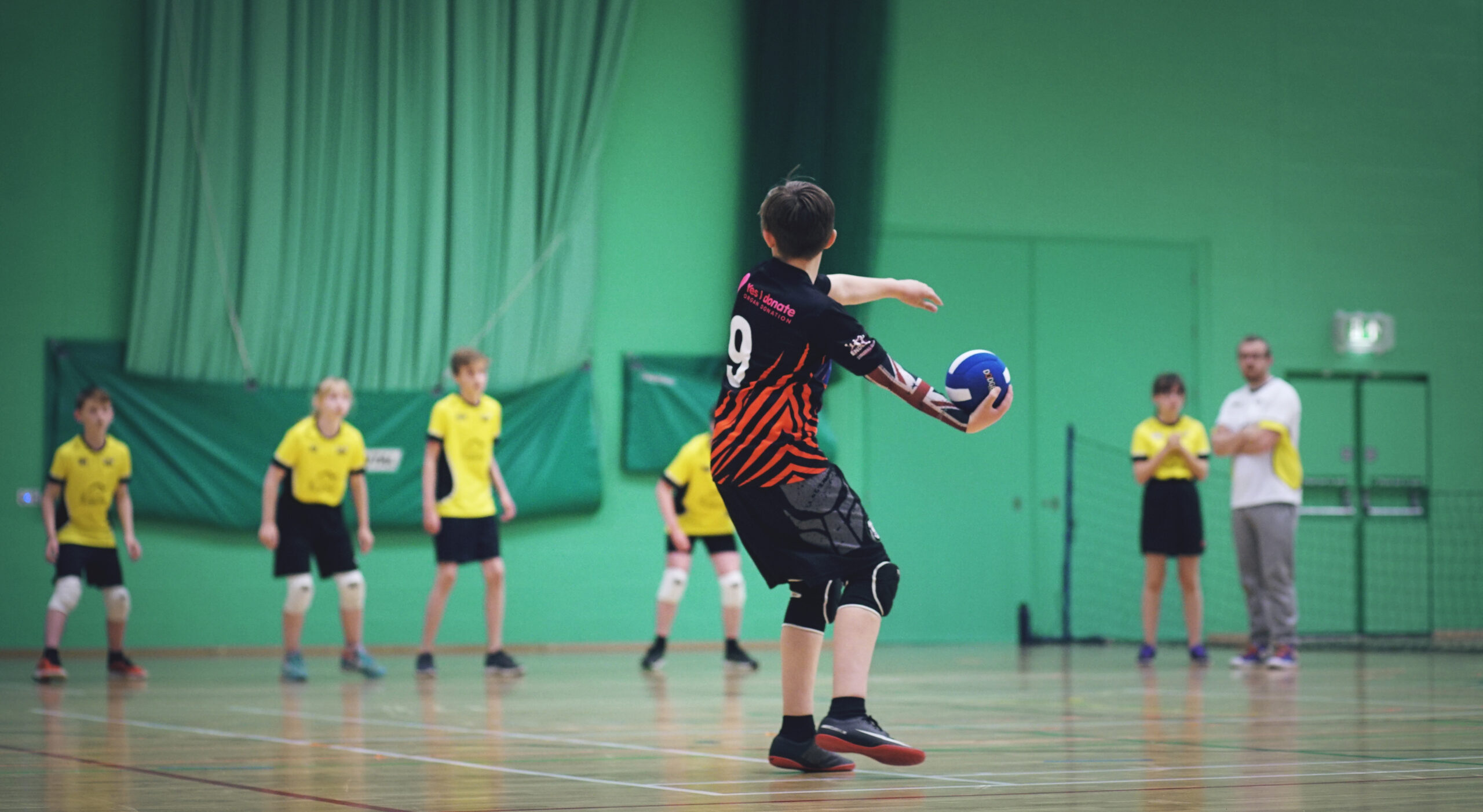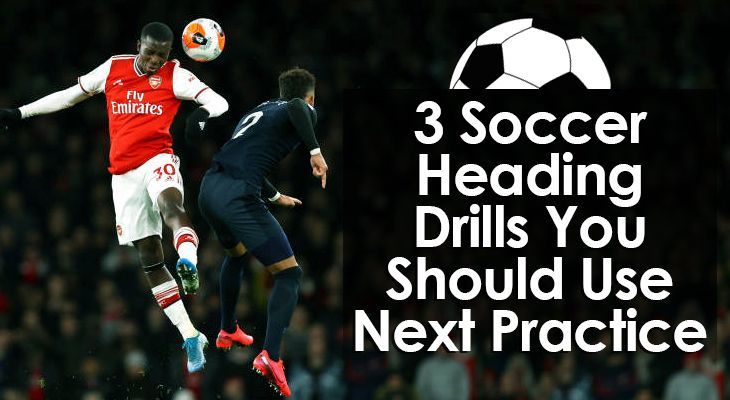U10 Soccer Drills: 8 Terrific Drills to Help 10-Year-Olds Improve Their Game (2024 Update)
By the time kids hit the age of 10, they’re ready to get a little more serious about their soccer. They’re gaining better coordination, they can follow more detailed instructions, and they’re starting to understand team play and basic tactics. That means your drills can become more structured—without losing the element of fun that keeps players excited to train.
This is the perfect age to focus on technical development, smarter decision-making, and basic positioning. And with the right mix of skill-building and play, you’ll see young players grow rapidly—both as individuals and as teammates.
Whether you’re a coach, a soccer parent, or even a player yourself, this list of 8 great U10 soccer drills will give you exactly what you need to help 10-year-olds sharpen their skills and love the game even more.
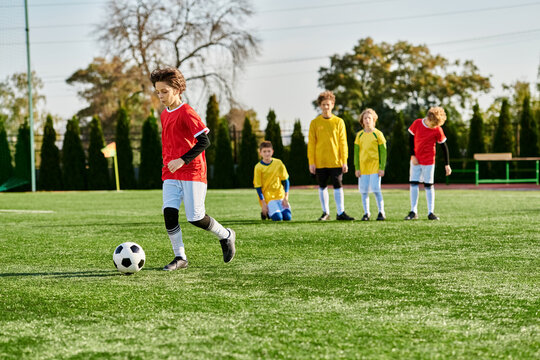
What Should U10 Soccer Drills Focus On?
At the U10 level, players are more confident with a ball at their feet and ready to go beyond the basics. That said, every practice still needs to reinforce good technique and build a strong foundation.
Here’s what to focus on in your drills:
- Ball control and dribbling under pressure
- Accurate passing and receiving
- Awareness of space and teammates
- 1v1 attacking and defending
- Basic finishing skills
- Introduction to positioning and support play
- Communication and teamwork
Above all, keep practices dynamic, challenging, and fun. This is the age when kids decide if they truly love soccer—so make it count!
1. Triangle Passing Drill
Purpose: Teaches passing, moving after the pass, and receiving from different angles.
Setup:
- Set up three cones in a triangle (about 5–10 yards apart).
- Divide players into groups of three with one ball.
How It Works:
- Players pass the ball clockwise or counter-clockwise around the triangle.
- After each pass, the player follows their ball to the next cone.
- Focus on timing, clean touches, and calling for the ball.
Progressions:
- One-touch passing
- Reverse direction mid-drill
- Add a passive defender in the middle
Why It Works:
This drill reinforces the idea of pass-and-move, which is a key principle of real gameplay.
2. 1v1 Attack and Defend

Purpose: Helps players improve confidence on the ball and teaches defensive skills.
Setup:
- Create a 10×15 yard grid with a mini goal or cones at each end.
- One player starts with the ball, one defends.
How It Works:
- The attacker tries to beat the defender and score.
- Defender works on staying in front and slowing the attacker down.
- Switch roles after each round.
Coaching Tips:
- Teach defenders to stay low, sideways, and patient.
- Encourage attackers to use moves and speed changes.
Why It Works:
This game-like drill builds real-match instincts and sharpens both attacking and defending ability.
3. Gates Passing Game
Purpose: Develops accuracy, movement, and quick thinking.
Setup:
- Set up several gates (two cones 1 yard apart) scattered around the field.
- Players work in pairs with one ball.
How It Works:
- Pairs pass the ball through a gate, then move to another.
- Keep track of how many gates each pair passes through in a minute.
Progressions:
- One-touch passing
- Left foot only
- Time-limited challenges
Why It Works:
Players get tons of passing reps under mild pressure while moving and making decisions on the fly.
4. Relay Dribbling Races
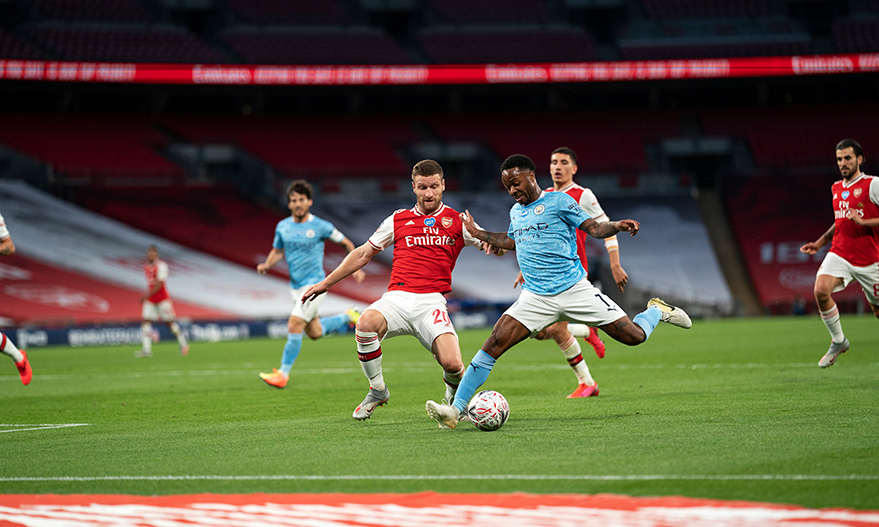
Purpose: Builds dribbling speed, control, and coordination.
Setup:
- Set up a cone course or zig-zag path.
- Divide players into two or more teams.
How It Works:
- First player dribbles through the course, races back, and tags the next teammate.
- Team with the fastest time wins.
Variations:
- Use non-dominant foot
- Perform a skill move at the end
- Add a shooting element after the dribble
Why It Works:
Kids love to compete—and this format gets them moving quickly while reinforcing control.
5. Four Corners Passing Drill
Purpose: Teaches passing, positioning, and awareness of open space.
Setup:
- Create a square using four cones.
- One player stands at each cone, with a fifth in the middle.
How It Works:
- Outer players pass the ball around the square.
- Middle player tries to intercept or apply light pressure.
- After a few rounds, rotate the middle player.
Coaching Tips:
- Emphasize communication and movement.
- Encourage one-touch passing to increase speed.
Why It Works:
A great drill for spacing, composure, and ball movement under pressure.
6. Shooting Under Pressure
Purpose: Improves finishing, reactions, and quick decision-making.
Setup:
- Create a shooting zone 20 yards from goal.
- One attacker starts at the top, defender starts behind or beside.
How It Works:
- Coach passes a ball into the attacker.
- Defender chases and applies pressure.
- Attacker must control and shoot quickly.
Variations:
- Add time limits or one-touch restrictions.
- Use weak foot only for finishing.
Why It Works:
It teaches players to make fast decisions and finish under real pressure, just like in a game.
7. 3v2 Attack Drill
Purpose: Introduces overload situations and teaches combination play.
Setup:
- Create a 25×20 yard grid with a goal.
- Three attackers start at midfield, two defenders in front of goal.
How It Works:
- Coach plays a ball to the attackers.
- Attackers work to score using combination play.
- Defenders try to delay or stop the attack.
Progressions:
- Add time or touch limits.
- Introduce a counter-attack goal for defenders.
Why It Works:
Overloads teach young players how to recognize and exploit numerical advantages.
8. Small-Sided Scrimmage (4v4)
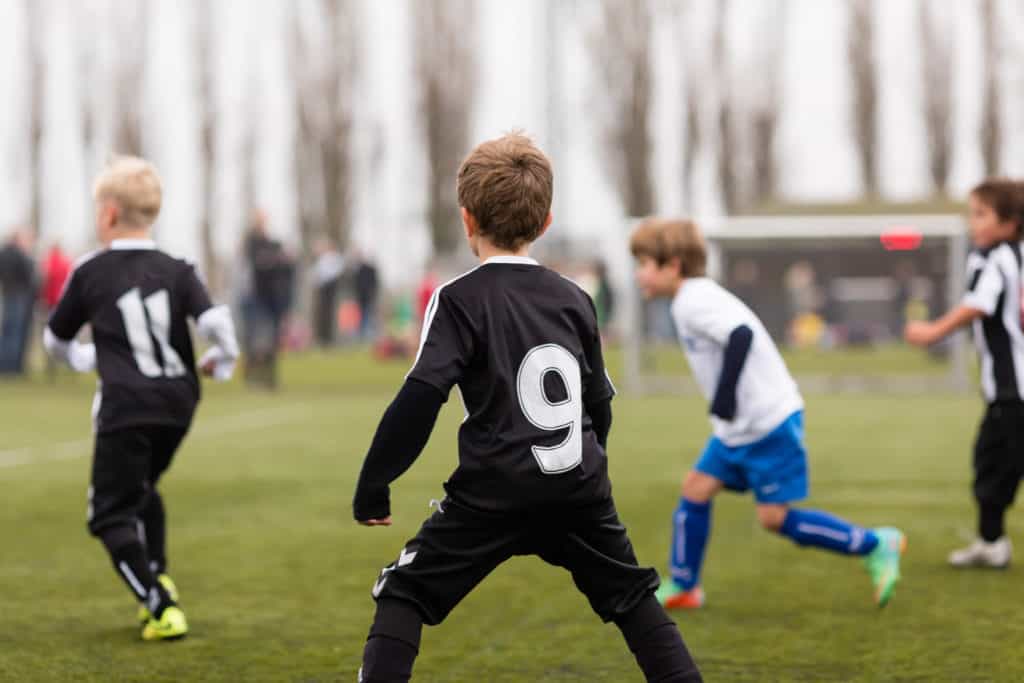
Purpose: Lets players apply their skills in a game format.
Setup:
- Use a smaller field and goals.
- Divide players into teams of 4.
How It Works:
- Let them play with minimal stoppage.
- Add coaching cues between rounds—like “find space” or “look up.”
Why It Works:
Small-sided games maximize touches, increase involvement, and mimic match intensity.
Coaching Tips for U10 Sessions
- Warm up first. Use dynamic movement and fun games to get kids ready.
- Make drills competitive. Keep things fun and engaging by adding challenges and mini-games.
- Let players make mistakes. That’s how they learn. Give positive, specific feedback.
- Use guided questions. Ask, “What could you do differently?” or “Where was space open?”
- Rotate roles often. Every player should experience different positions and responsibilities.
Table of Contents
FAQs: Coaching Soccer for 10-Year-Olds
Q: How long should U10 soccer practices last?
A: 60 to 75 minutes is ideal. Long enough to cover everything without losing focus.
Q: How often should 10-year-olds train each week?
A: Two to three times per week works well, depending on game schedules and energy levels.
Q: What size ball should U10 players use?
A: Size 4 soccer ball is the correct choice for players aged 8–12.
Q: Should I start focusing on positions now?
A: Yes, you can begin introducing roles like defender, midfielder, or winger—but don’t lock players into just one position yet.
Q: How do I balance fun with skill-building?
A: Use game-like drills, add competitive elements, and keep everything high-energy. Players learn best when they’re enjoying the process.
Final Thoughts
Coaching 10-year-olds is a chance to build skills, confidence, and passion. At this age, kids are eager to improve—but they still need the freedom to be creative, try new things, and enjoy the game.
The 8 drills in this guide strike a perfect balance between technical development and fun. From 1v1 showdowns to passing games and shooting under pressure, each drill helps players grow in different areas of their game. You can run them individually, combine them into full sessions, or mix them into warm-ups and scrimmages.
As always, the best results come when players feel supported, challenged, and motivated. Keep things fun, keep things moving, and most of all—help your team build a love for soccer that lasts well beyond age 10.
